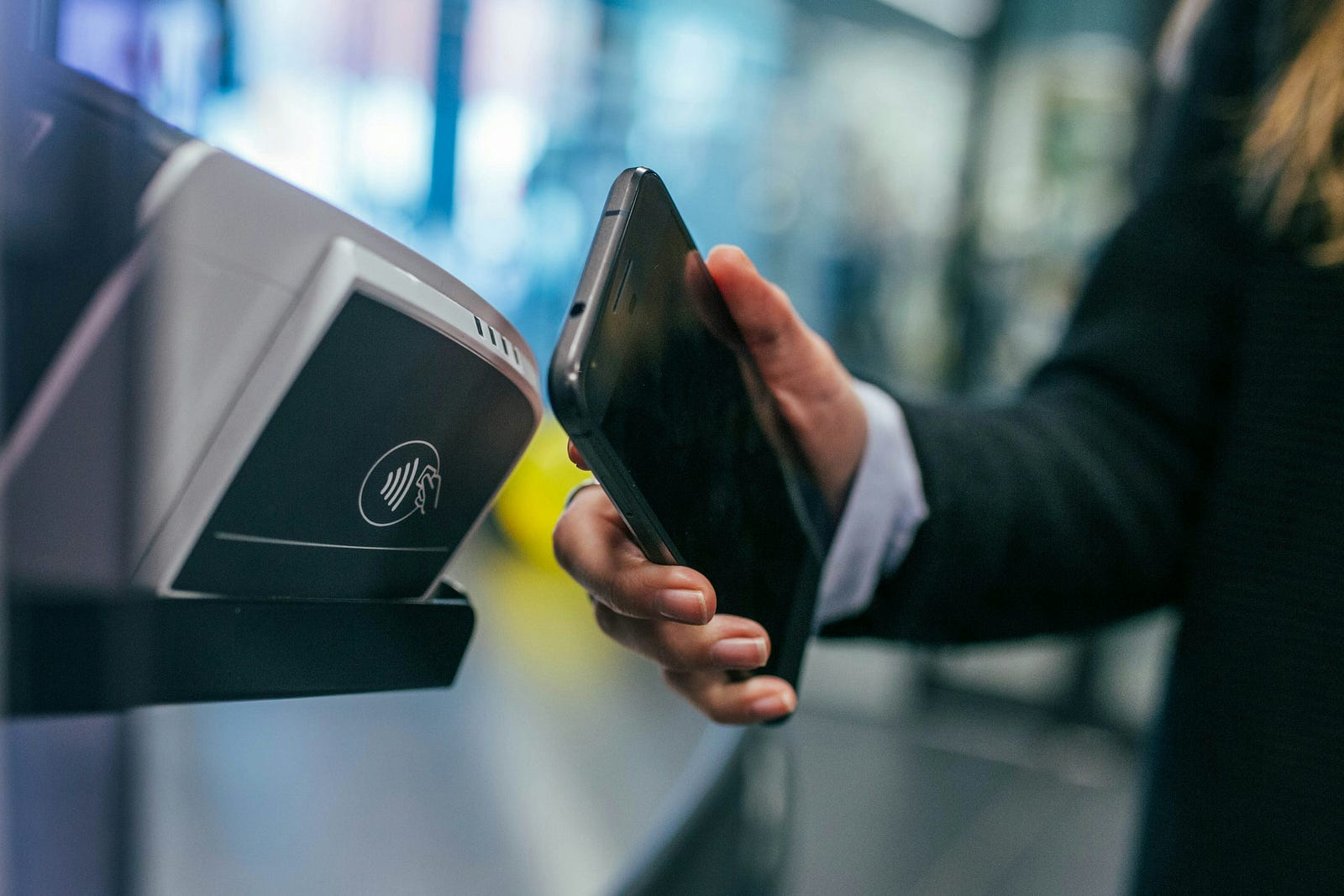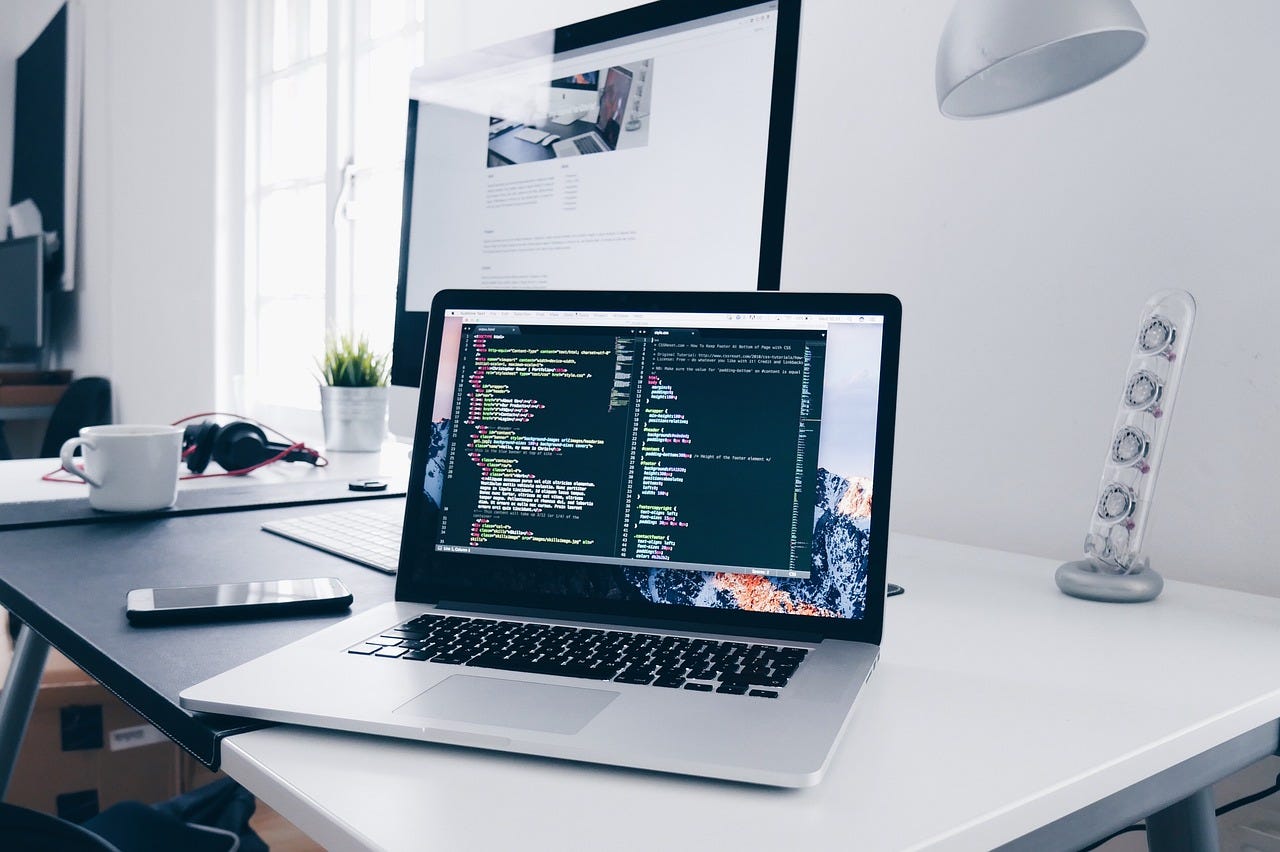
Foreign exchange trading attracts many individual traders due to its accessibility and flexibility. One of the most common questions new traders ask is: How much money do you need to trade FX?
The answer depends on several factors, including your trading goals, risk tolerance, and the specific approach you plan to take.
This article explains what you should consider when determining how much capital to commit to forex trading.
Minimum Deposit Requirements
The first factor to check is the broker's minimum deposit requirement. This is the minimum amount you must deposit to open a forex trading account.
Minimum deposits vary widely:
- Some brokers allow account opening with as little as $10 - $50.
- Others may require $100 - $500 for standard accounts.
- More advanced account types, such as ECN accounts, may require $1,000 or more.
While it is technically possible to start with a small amount, having a larger initial balance generally allows for better risk management and flexibility in your trades.

Trading Style and Capital Requirements
How much you should deposit also depends on your trading style:
- Scalping: Requires rapid execution and usually a larger capital buffer due to frequent trades.
- Day trading: May require at least a few hundred dollars to comfortably manage open positions and avoid margin calls.
- Swing trading: Often involves holding positions for several days and may require larger capital to manage overnight risk.
- Position trading: Involves longer-term trades and typically requires substantial capital, especially if trading without high leverage.
Your trading style influences not just how much money you need but also how you manage risk.
Leverage Considerations
Leverage allows you to control a larger position size than your actual account balance. While this can amplify profits, it also increases potential losses.
Example:
- With 1:50 leverage, a $500 deposit allows you to control a $25,000 position size.
- With 1:100 leverage, the same deposit controls a $50,000 position.
Although brokers offer significant leverage, using it responsibly is essential. Overleveraging with a small balance can quickly lead to substantial losses.

Risk Management
Proper risk management helps determine how much capital you need.
A common guideline is to risk no more than 1--2% of your account balance per trade. If you start with $500 and follow this rule:
- 1% risk per trade = $5
- 2% risk per trade = $10
This approach ensures that even a series of losing trades does not deplete your account too quickly.
Having a larger account allows for more flexibility and smoother equity curves, especially during drawdowns.
Platform and Trading Tools
Modern app trading solutions make it possible to trade forex on the go. However, trading on mobile platforms does not change capital requirements --- risk and money management principles apply regardless of the device you use.
Still, mobile apps provide the convenience of monitoring positions and managing trades in real time, which can be especially useful for those trading part-time.

Practical Recommendations
Here are some general recommendations based on experience:
- Starting with $100 or less is suitable for learning how platforms work but is unlikely to support serious trading.
- A balance of $300--$500 can work for testing strategies in a live environment with real money at stake.
- For more consistent trading and proper risk management, consider starting with $1,000 or more.
The key is to deposit an amount you can afford to lose without affecting your financial well-being. Forex trading carries inherent risks, and even experienced traders experience drawdowns.
Conclusion
There is no one-size-fits-all answer to how much money you need to trade fx. The right amount depends on your goals, trading style, and ability to manage risk.
Before committing funds, take time to learn about the market, develop a trading plan, and test your strategy with a demo account. Once ready, you can open a forex trading account with an amount that aligns with your financial situation and trading objectives.
Starting with realistic expectations and a sound approach can improve your chances of trading success over time.




